Archives
- 2025-12
- 2025-11
- 2025-10
- 2025-09
- 2025-03
- 2025-02
- 2025-01
- 2024-12
- 2024-11
- 2024-10
- 2024-09
- 2024-08
- 2024-07
- 2024-06
- 2024-05
- 2024-04
- 2024-03
- 2024-02
- 2024-01
- 2023-12
- 2023-11
- 2023-10
- 2023-09
- 2023-08
- 2023-06
- 2023-05
- 2023-04
- 2023-03
- 2023-02
- 2023-01
- 2022-12
- 2022-11
- 2022-10
- 2022-09
- 2022-08
- 2022-07
- 2022-06
- 2022-05
- 2022-04
- 2022-03
- 2022-02
- 2022-01
- 2021-12
- 2021-11
- 2021-10
- 2021-09
- 2021-08
- 2021-07
- 2021-06
- 2021-05
- 2021-04
- 2021-03
- 2021-02
- 2021-01
- 2020-12
- 2020-11
- 2020-10
- 2020-09
- 2020-08
- 2020-07
- 2020-06
- 2020-05
- 2020-04
- 2020-03
- 2020-02
- 2020-01
- 2019-12
- 2019-11
- 2019-10
- 2019-09
- 2019-08
- 2019-07
- 2019-06
- 2019-05
- 2019-04
- 2018-11
- 2018-10
- 2018-07
-
Chemokine receptor expression in MCL is shown in Table CXCR
2020-01-13

Chemokine receptor expression in MCL is shown in Table 1. CXCR4, CXCR5 and CCR6 protein was detected in the majority of patients [10], [72], [102], [118] and CX3CR1 was found to be present in up to 75% of cases depending on the method used to identify the receptor [103]. CCR7 was more highly express
-
The strand domain swap in the UbV XR
2020-01-13
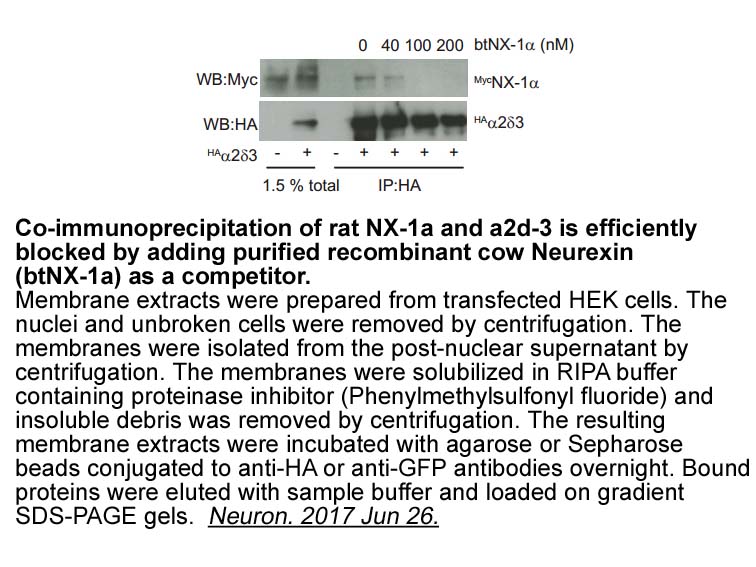
The β strand domain swap in the UbV.XR dimer appears to be a unique arrangement for a Ub-based dimer. In solution, free Ub has a KD of ∼5 mM for the monomer-dimer equilibrium, and the two subunits in the dimer adopt a range of relative orientations involving residues from Ub’s β sheet (Liu et al., 2
-
Like all other cellular processes ubiquitination
2020-01-13

Like all other cellular processes, ubiquitination is also tightly regulated; more so, as myriads of pathways are controlled via this conjugation and dysregulation of ubiquitination has been implicated in various diseases including cancer [16], [17]. Quite a few of such regulatory mechanisms that con
-
Based on the SUMO SIM interaction involved
2020-01-13
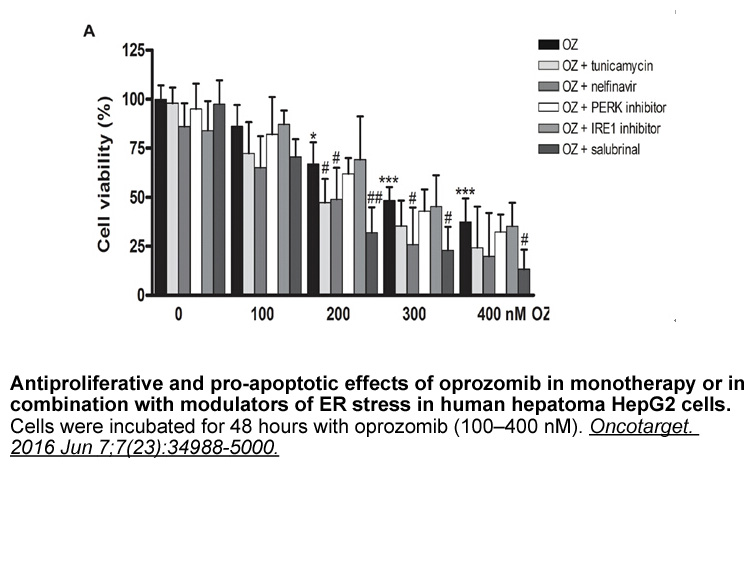
Based on the SUMO–SIM interaction involved in SUMOD positioning, a SUMO2ΔSBD (SIM-binding domain; Q30A, F31A, I33A) mutant can be investigated that disrupts this important binding interface (Eisenhardt et al., 2015; Meulmeester, Kunze, Hsiao, Urlaub, & Melchior, 2008). In Fig. 4A, multiturnover assa
-
The Wnt signaling pathway has been demonstrated to be
2020-01-13

The Wnt signaling pathway has been demonstrated to be responsible for a variety of biological processes. The three best-characterized Wnt signaling pathways are the canonical Wnt pathway, the noncanonical planar cell polarity pathway, and the noncanonical Wnt/calcium pathway. The canonical Wnt/β-cat
-
Materials and methods Between January
2020-01-13

Materials and methods Between January 2006 and December 2008, 34 patients with GBM were treated with postoperative three-dimensional (3D) radiotherapy at Tartu University Hospital or North Estonian Medical Centre. Characteristics of patients are listed in Table 1. Results Discussion Radiothe
-
In most cases patients will not present immediately
2020-01-13

In most cases, patients will not present immediately after SM exposure because SM-induced clinical symptoms typically occur after a latency period of several hours [8], [9], [10]. When they do present, the detection of free, unbound alkylating agent is highly unlikely. For this reason, available rap
-
br Conclusion br Conflict of interest br Author contribution
2020-01-13
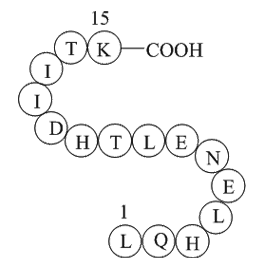
Conclusion Conflict of interest Author contributions Acknowledgements Piyamas Kanokwongnuwut was supported by the Development and Promotion of Science and Technology Talent Project (DPST), Royal Thai Government Scholarship. Funding for the work was provided by the Attorney General’s Depa
-
Based on both the observational
2020-01-11
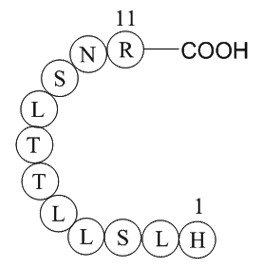
Based on both the observational and theoretical data generated in this study, it appears that the mechanism(s) underlying lower IFM CPT1 activity is complex. Modeling enzyme activity versus alterations in catalytic efficiency (Fig. 3A) suggests that the observed age-associated changes in Km and Vmax
-
In rodents but not humans two splice variants
2020-01-11
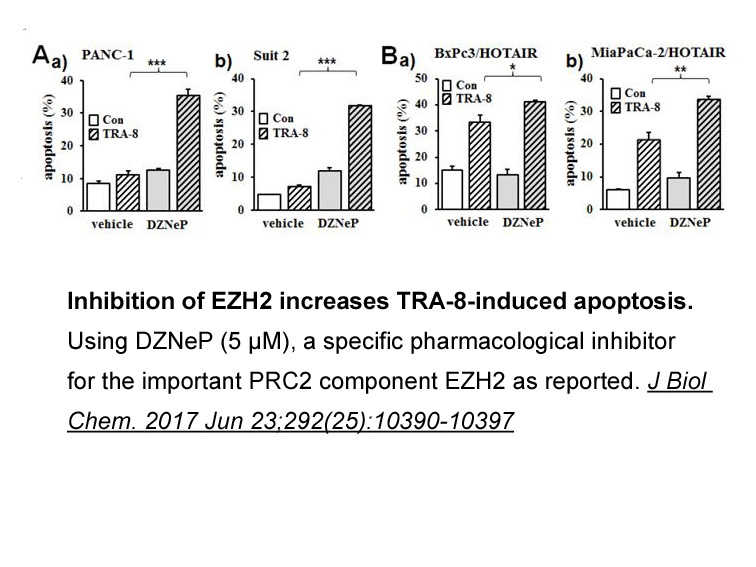
In rodents but not humans, two splice variants of Chk are identified as Ntk and Ctk, which possess and lack the N-terminal unique domain, respectively. While Ctk is abundantly expressed in the brain, Ntk is selectively restricted to myeloid and lymphoid cells, especially megakaryocytes [31]. This ra
-
The mechanisms by which coregulators
2020-01-11

The mechanisms by which coregulators control the actions of estrogen receptors are still a topic of ongoing research. From studies in cancer cells, we have learned that a large group of coregulators have specific structural motifs that than affect their contact with ER ligand-binding domains (Heery,
-
Given that dimethylamine substitution was tolerated as in
2020-01-11

Given that dimethylamine substitution was tolerated as in SR106447 (), we investigated aromatase inhibitors amine substitutions as replacements for the -butyl group (). Cyclic amines (SR19880, 19882) or simple mono-substituted anilines (SR20037) were not active, nor was an acetylated version (SR200
-
br Conclusion In this study we investigated functional alter
2020-01-11
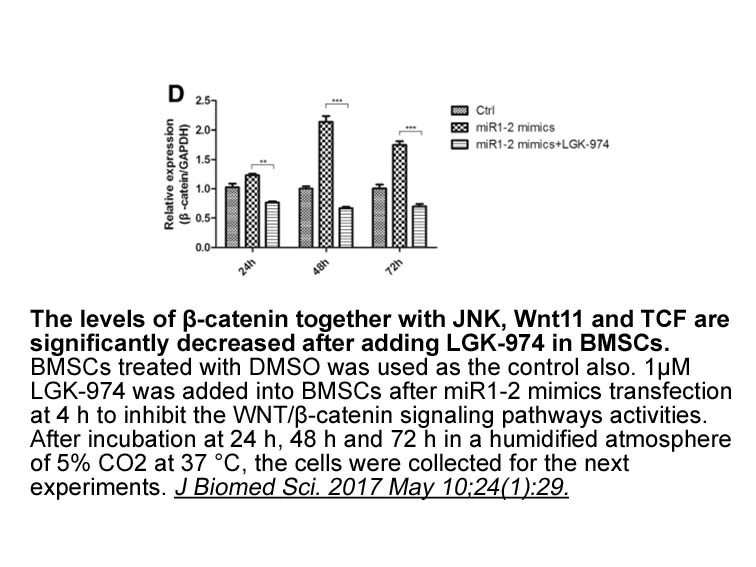
Conclusion In this study, we investigated functional alterations of ECs following exposure to mechanical and/or physicochemical stimuli. Specifically, hypoxia induced phosphorylation with significant increases after 30 min and the maximum increase was after 180 min. Our data show that a combinati
-
Here we report that ILC s sensed oxysterols through GPR
2020-01-11
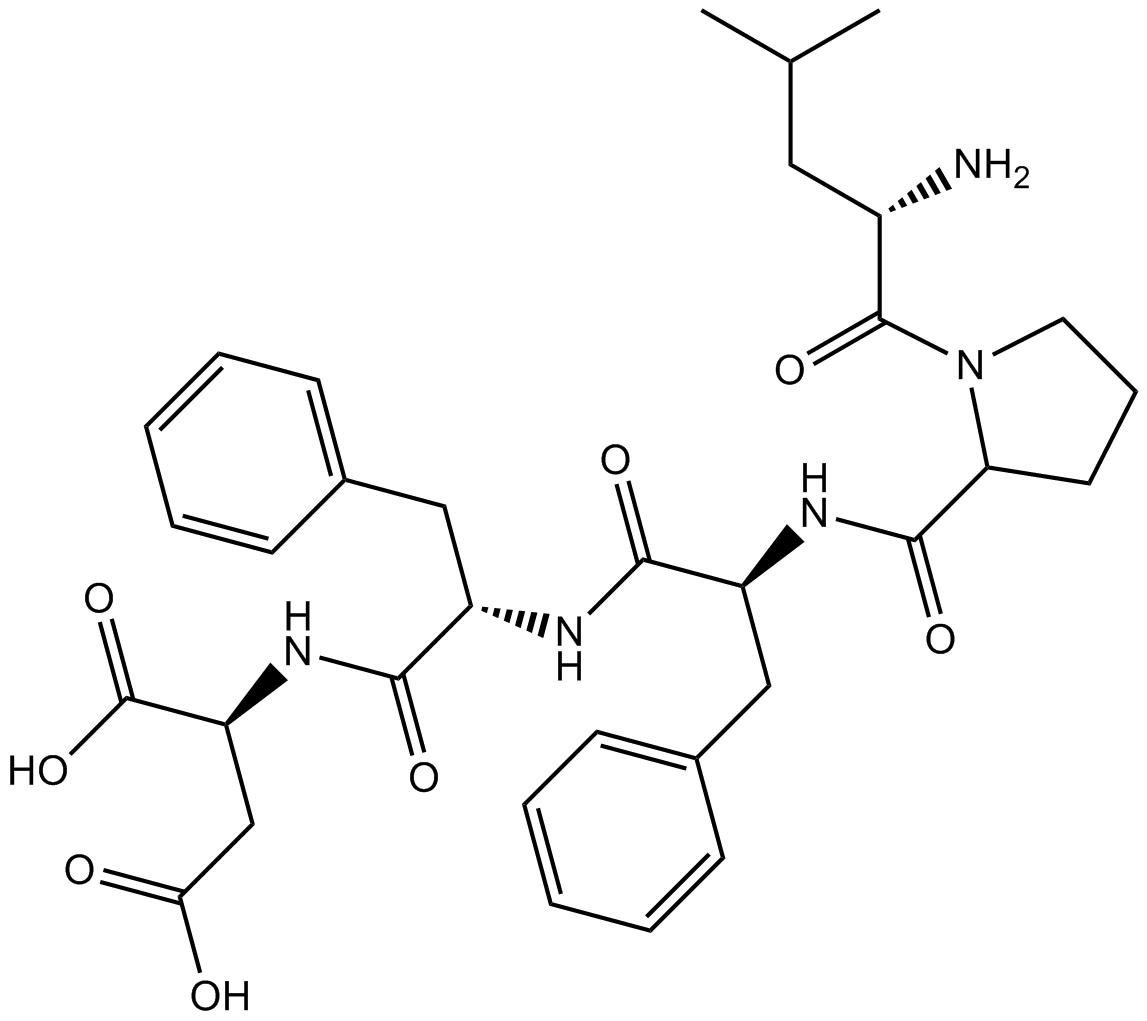
Here, we report that ILC3s sensed oxysterols through GPR183, which was highly expressed by LTi-like ILC3s. 7α,25-OHC-synthesizing enzymes were produced by fibroblastic stromal AZD-9291 found in intestinal lymphoid structures, and the GPR183 ligand 7α,25-OHC acted as a chemoattractant for ILC3s. GPR
-
2-Phenyl-2-(1-piperidinyl)propane The T cell receptor TCR pa
2020-01-10
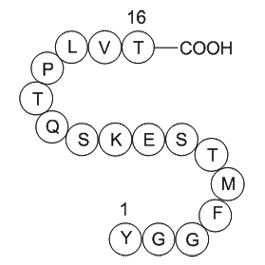
The T cell receptor (TCR) pathway is associated with T cell activation and differentiation. When specific antigen peptides are recognized by the TCR, lymphocyte-specific protein tyrosine kinase (lck) phosphorylates the immune-receptor tyrosine-based activation motifs (ITAMs) of the TCR-CD3 complex a
15779 records 883/1052 page Previous Next First page 上5页 881882883884885 下5页 Last page